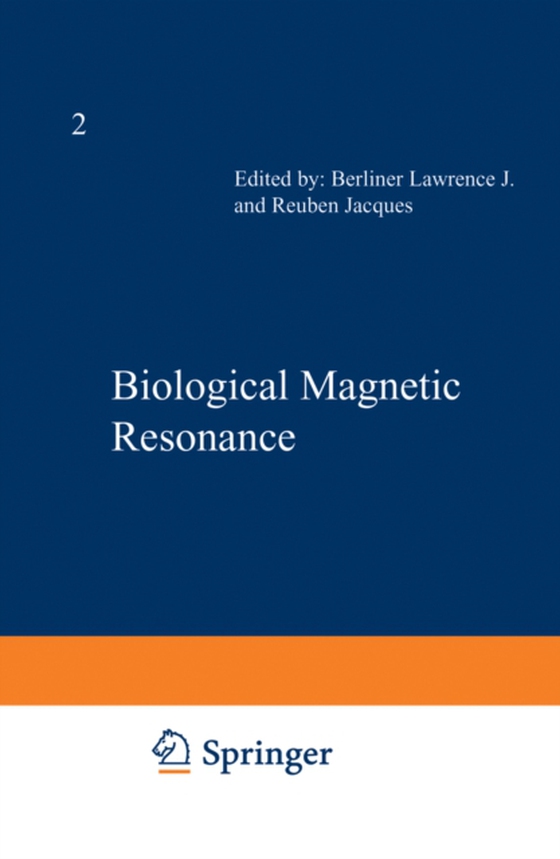
Biological Magnetic Resonance e-bog
436,85 DKK
(inkl. moms 546,06 DKK)
We are pleased to present this second volume of a series that has already received much interest. The application of magnetic resonance methods to the study of actual biological systems as contrasted to cell-free samples, although not entirely novel, as demonstrated by Civan and Shporer in Volume I, has taken on new dimensions with the use of phosphorus-31 and carbon-13 NMR in studying cells, t...
E-bog
436,85 DKK
Forlag
Springer
Udgivet
6 december 2012
Genrer
MKS
Sprog
English
Format
pdf
Beskyttelse
LCP
ISBN
9781461565376
We are pleased to present this second volume of a series that has already received much interest. The application of magnetic resonance methods to the study of actual biological systems as contrasted to cell-free samples, although not entirely novel, as demonstrated by Civan and Shporer in Volume I, has taken on new dimensions with the use of phosphorus-31 and carbon-13 NMR in studying cells, tissues, and organelles. The applications of 31 P NMR to such systems is reviewed in this volume, while carbon-13 will be covered in a later one. The use of nitroxide spin labels has grown to the point where it now may be considered a common biological technique. The synthesis and applications of a new class of nitroxides is described in this volume. ESR spectroscopy of paramagnetic ions is a powerful approach to studying molecular and structural details, as the chapter by Boas, Pilbrow, and Smith on the ESR of copper in Volume 1 has shown. In this volume the ESR of molybdenum and iron is treated in a comparable fashion. In the first volume some aspects of 1 H NMR spectroscopy of certain classes of In this volume the high-resolu- biological macromolecules were discussed.* tion multinuclear NMR spectra of peptides, including the physiologically significant peptide hormones, are reviewed.
 Dansk
Dansk

